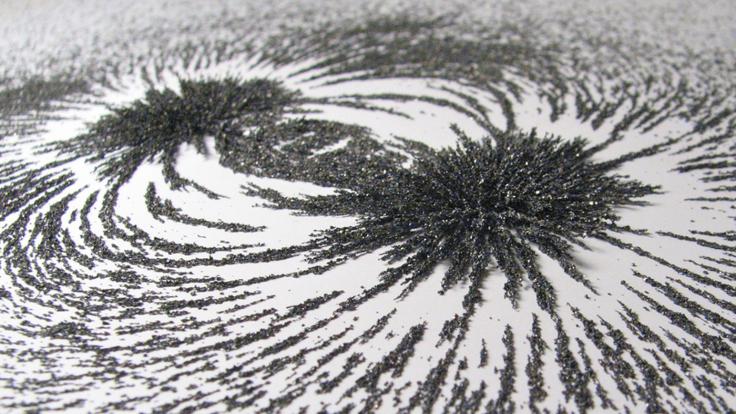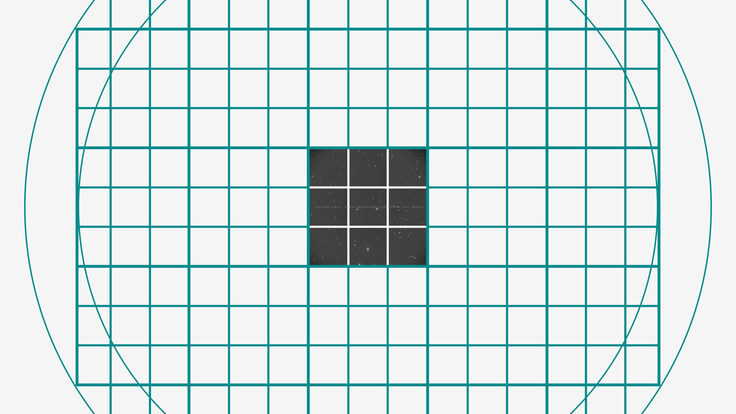Ever since it first released results, the DAMA collaboration has attracted controversy. We reported (story 1, story 2) on the latest result issued by the collaboration recently, but more people are starting to interpret the findings.
The Resonaances blog, by the theory group at CERN, includes some analysis which points out that DAMA might be seeing low-mass dark matter particles--lower than can be seen in other experiments such as those of XENON collaboration, which at first glance seem to contradict the DAMA result.
An experiment called CRESST, also housed in the Gran Sasso laboratory in Italy is sensitive to even lower mass particles than DAMA so it should provide some kind of resolution to this debate if it is able to collect enough data. Otherwise, we might be waiting for CRESST's successor, EURECA, or one of the many other dark matter detection experiments in progress and in planning.






